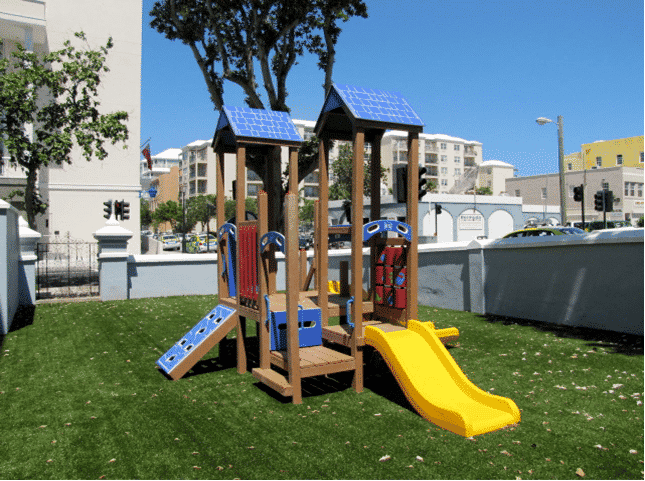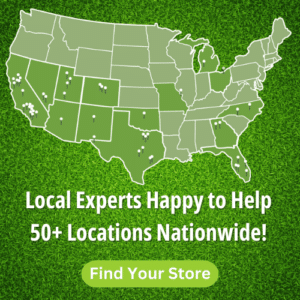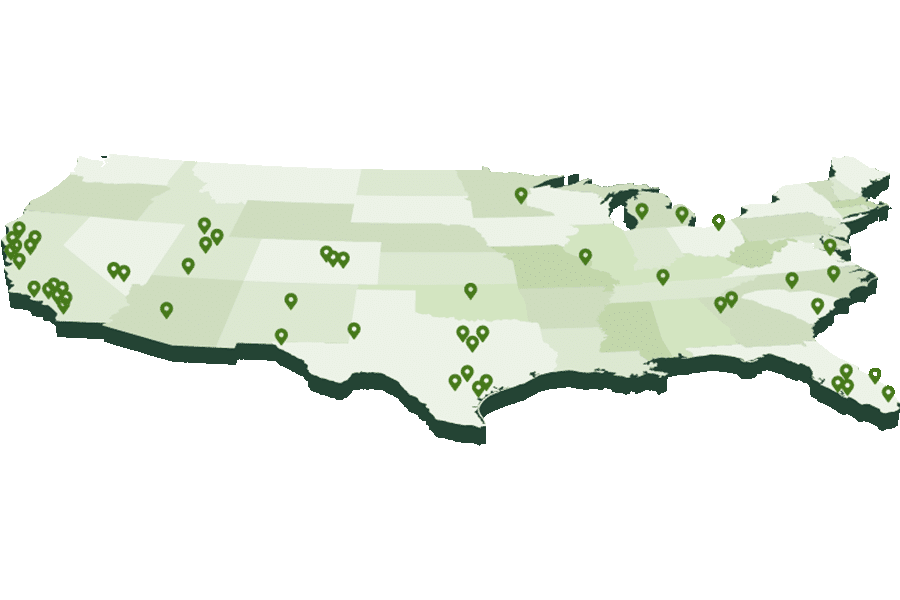Artificial turf has come a long way since the 1960s, when it was first installed in Houston’s Astrodome. Synthetic grass is now used in the United States and around the world — from professional sports stadiums and arenas to local little league and soccer fields. Artificial playground turf has become increasingly popular, as well, and offers an alternative for school districts and municipalities building campus playgrounds and public parks. But what are the advantages of using artificial playground turf over natural grass? There are plenty of reasons why artificial turf is superior in terms of cost, performance and environmental impact. Here are three things to consider when shopping for playground artificial turf.
1. Durability
Do you remember running around on the playground as a kid? You likely didn’t leave the area completely intact once recess was over. A playground needs to be built to withstand (often reckless) child’s play for hours at a time. You will want to choose an artificial turf that is highly durable. Installing a less-than-rugged turf in a heavily trafficked area will probably necessitate replacement… early and often. A quality turf features soft and non-abrasive textures like polypropylene or polyamide. Polyethylene yarns are also popular.
2. Drainage
If you live in a region with regular or heavy rainfall, you will want to consider how well the artificial grass drains water. And even in drought-stricken California, young kids will spill or urinate on the school playground, so proper drainage is key. If working properly, artificial turf should actually drain more thoroughly than real grass. Check the turf backing to make sure it is permeable and drains water at a rapid rate — punched hole backings should do the job nicely. Make sure the landscape contractor properly installs the turf so the drainage system works the way it is supposed to. Because artificial grass doesn’t need to be watered like regular grass, you will save on your water bills and conserve water. Smaller financial strain, smaller impact on the environment.
3. Cost
Cost is always a factor when laying down new artificial turf at the school or city playground. In the U.S., there are several federal and state energy efficiency financing programs for local school districts and cities. These provide rebates and incentives for purchasing artificial turf. Artificial grass requires less upkeep, lowering overall maintenance costs. Artificial turf can pay for itself within three years of installation,while potentially increasing the property value of the school or city-owned playground.
There are few downsides to using artificial turf for your playground. However, it is critical to investigate the durability, drainage capacity and upfront costs involved. You want a reasonably priced artificial turf that can withstand the daily grind of school children playing, and properly and quickly drain rain water and liquid. The rise of water scarcity requires concerted conservation efforts. Using an artificial turf instead of natural grass can upgrade the look, functionality and efficiency of your playground.
For more information on the cost of installing artificial grass visit: https://purchasegreen.com/blog/cost-synthetic-grass/. If you’d like a quote, please fill out this form or call us at 888-573-1138.





